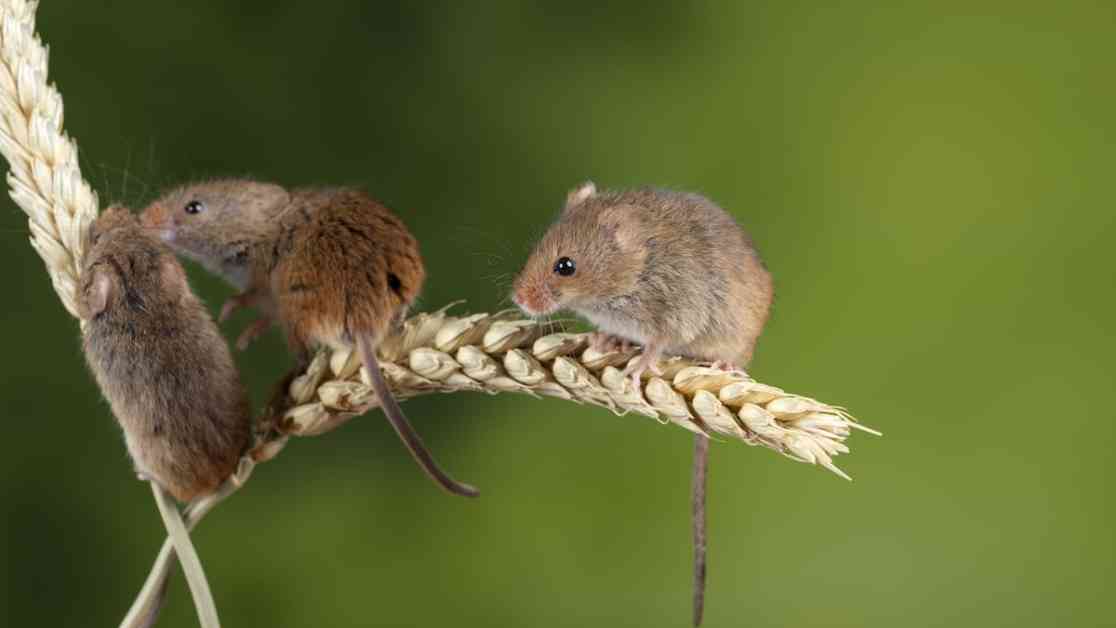Mice Exhibit Remarkable ‘First Responder Behavior’ to Aid Unconscious Peers
In a groundbreaking study by researchers at the University of Southern California’s Keck School of Medicine, it has been revealed that mice, much like humans, display altruistic behavior to help their injured peers. Lead researcher Li Zhang, a professor of physiology and neuroscience at Keck, described the findings as the first instance of first responder-like behavior observed in mice.
Exploring the reasons behind social mammals’ willingness to assist their species when injured has long been a subject of scientific inquiry. The study uncovered a remarkable trend among mice to come to the aid of unconscious individuals in their social circles. From gentle grooming and sniffing to more assertive actions such as biting the mouth or tongue of their unresponsive companions, the mice demonstrated a range of responses aimed at reviving their peers.
A Surprising Discovery Unveiled
During the study, the researchers anesthetized one mouse to observe the reactions of its conscious partner. To their surprise, the conscious mouse exhibited behaviors akin to mouth-to-mouth resuscitation, spending most of its time by the side of the unconscious rodent. When traditional methods failed, the “helper mice” resorted to pulling the tongue of their unresponsive peers to clear their airway, a technique that proved effective in 80% of cases.
“We know that humans can do CPR, trying to maintain airways during surgery or any kind of stuff,” Zhang remarked. “So we interpret the observation as they’re trying to help or trying to revive their group members.”
Friendship and Social Bonds at Play
Co-author Huizhong Tao, a professor of physiology and neuroscience at Keck, emphasized the role of friendship in these interactions. The resuscitation behaviors were more pronounced among mice with established social bonds, suggesting that familiarity and companionship played a crucial role in their responses.
Neuroscientist James Burkett, not involved in the study, highlighted the role of oxytocin in driving these altruistic impulses. The release of oxytocin into the brain triggers prosocial behaviors, shedding light on the biological mechanisms underlying the mice’s actions.
Looking Ahead: Implications and Future Research
The study’s findings have significant implications for understanding social behaviors not only in mice but potentially across vertebrate species. By uncovering the role of oxytocin in fostering social bonds, the research paves the way for future investigations into empathy and altruism in animals.
Tao expressed optimism about the study’s potential to unravel the complex nature of prosocial behaviors, hinting at more extended experiments to delve deeper into the intricacies of mice’s responses toward their unconscious peers. The research team is eager to explore how these behaviors evolve over time and whether they reflect a broader trend in social animals.
In conclusion, the study titled “Reviving-like prosocial behavior in response to unconscious or dead conspecifics in rodents” offers a unique glimpse into the compassionate side of mouse behavior. By revealing the depth of social bonds and altruism present in these small creatures, the research underscores the universality of empathy and mutual aid across species.














